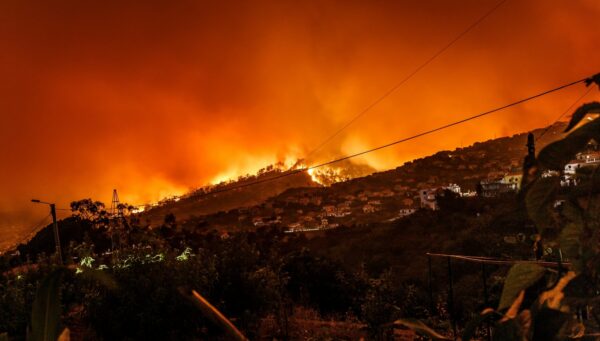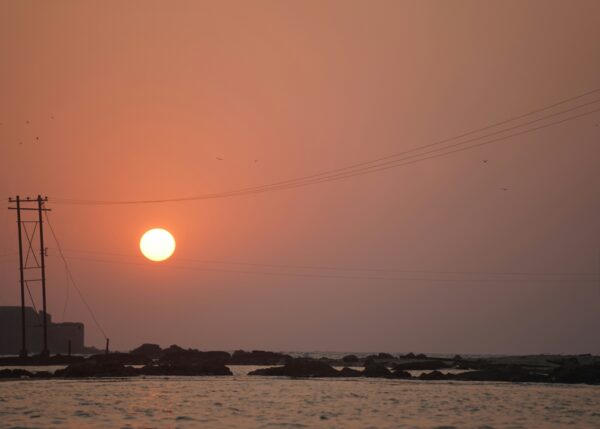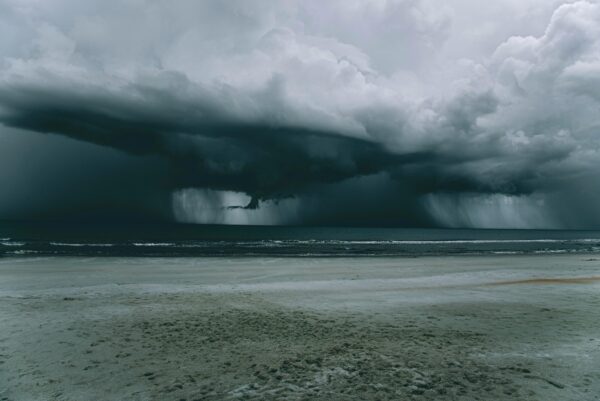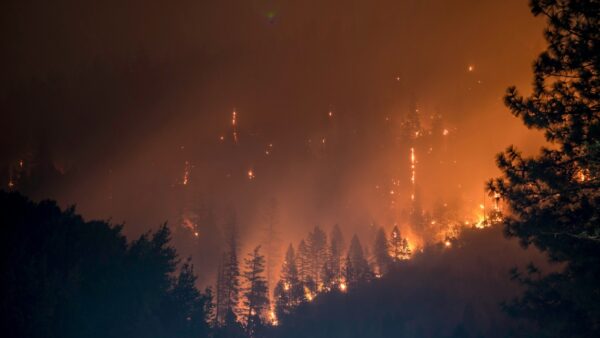Climatic risks and impacts in South Asia: extremes of water scarcity and excess
Authors
Vinke, K., Martin, M.A., Adams, S., Baarsch, F., Bondeau, A., Coumou, D., Donner, R.V., Menon, A., Perrette, M.. Rehfeld, K., Robinson, A., Rocha, M., Schaeffer, M., Schwan, S., Serdeczny, O., Svirejeva-Hopkins, A.
Share

This paper reviews the current knowledge of climatic risks and impacts in South Asia associated with anthropogenic warming levels of 1.5–4°C above pre-industrial values in the twenty-first century. It is based on the World Bank Report “Turn Down the Heat, Climate Extremes, Regional Impacts and the Case for Resilience”.
Many of the climate change impacts in the region, which appear quite severe even with relatively modest warming of 1.5–2 °C, pose significant hazards to development. For example, increased monsoon variability and loss or glacial meltwater will likely confront populations with ongoing and multiple challenges.
The result is a significant risk to stable and reliable water resources for the region, with increases in peak flows potentially causing floods and dry season flow reductions threatening agriculture. Irrespective of the anticipated economic development and growth, climate projections indicate that large parts of South Asia’s growing population and especially the poor are likely to remain highly vulnerable to climate change.











